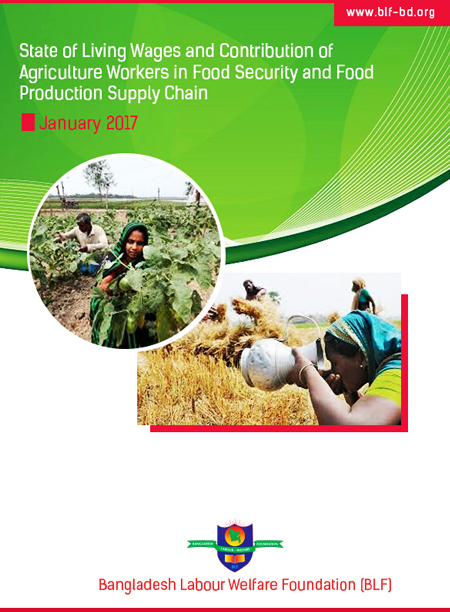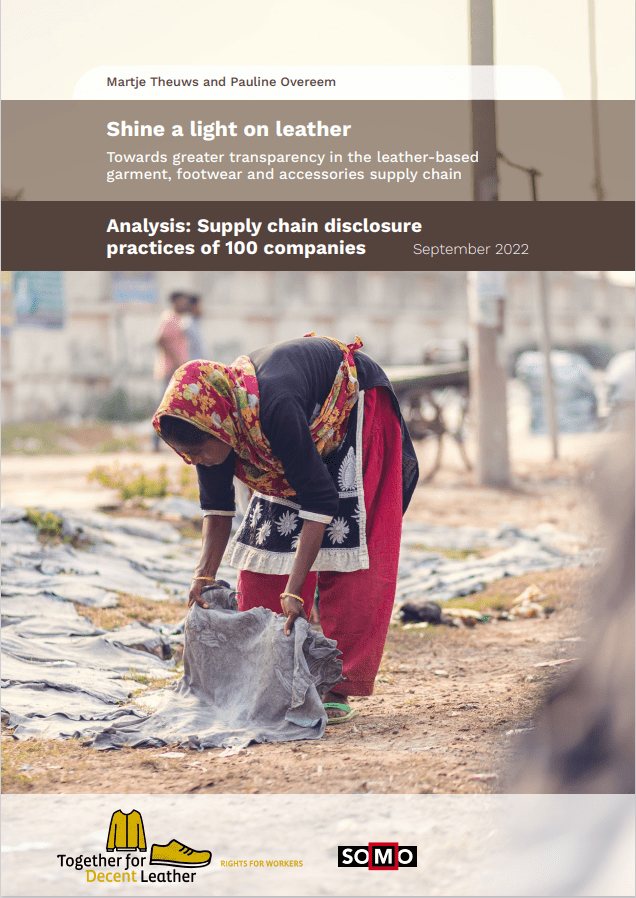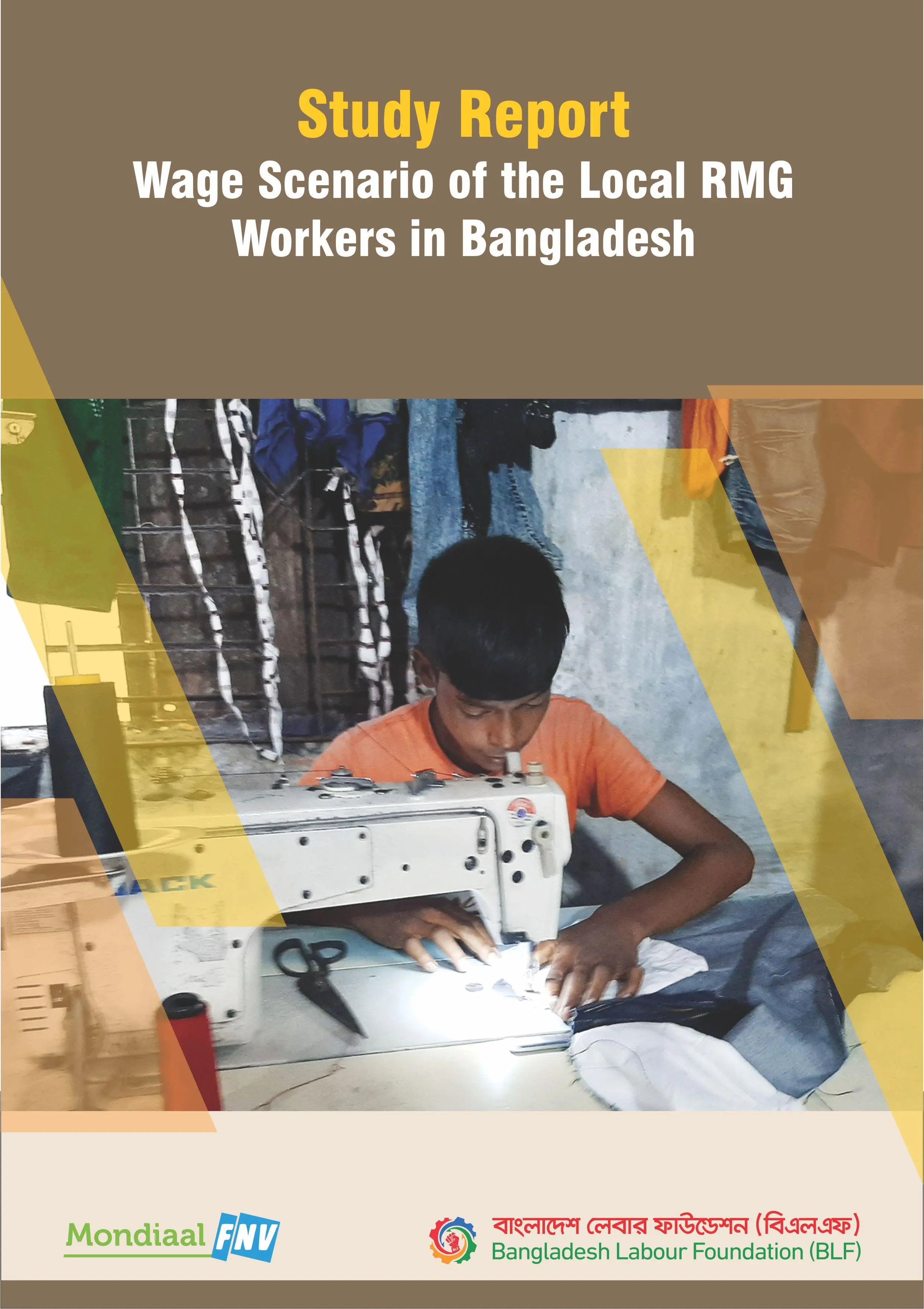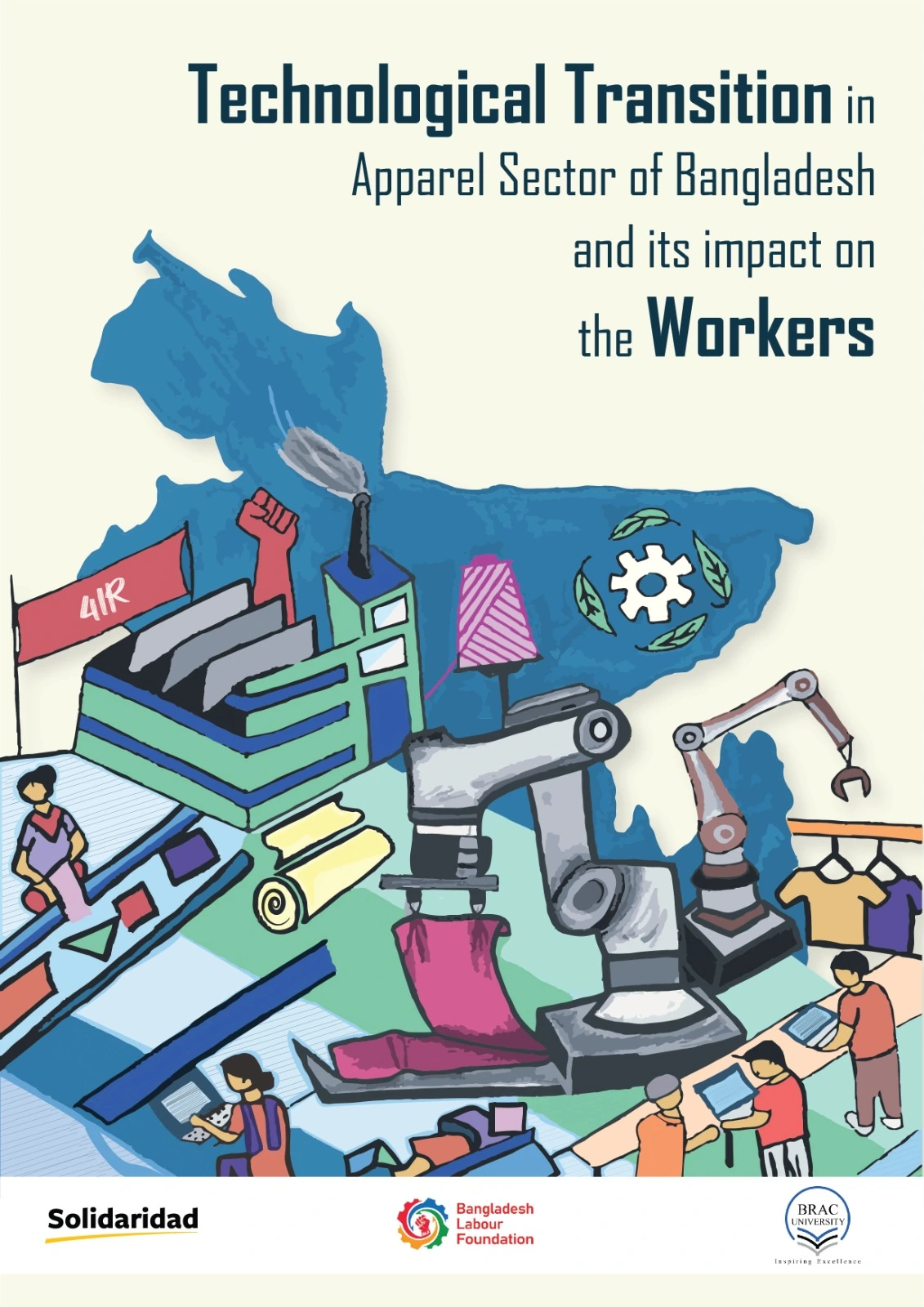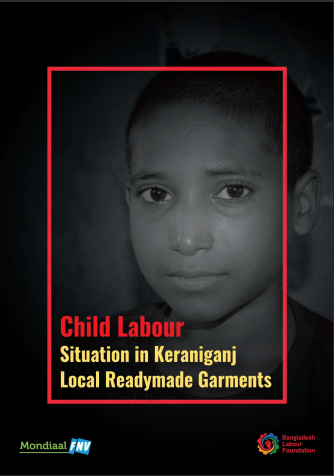Research & Study
Branded Childhood: How garments brands contribute to low wages, long working hours, school dropout and child labour in Bangladesh
January, 2017
The Stop Child Labour Coalition commissioned the Centre for Research on Multinational Corporations (SOMO) to carry out this research into wage levels and working conditions in the export-oriented garment industry in Dhaka, Bangladesh. The research specifically looks into the relationship between wages and working conditions of adult workers and the extent to which their children attend school or are engaged in paid/unpaid work.
Background
The garment industry is vital for Bangladesh’s economy. At a value of roughly € 17.6bn,5 apparel and garments accounted for 79.3 per cent of the country’s total commodity exports in 2013-14.6 Bangladesh is also vital for the world’s garment production. After China, Bangladesh is the largest exporter of textile apparel.7 The European Union’s imports from Bangladesh consist almost entirely of textiles and textile articles. These accounted for 93 per cent of the import value of all commodities the EU imports from Bangladesh in 2015, which amounts to € 14.091bn. The 28 EU countries are Bangladesh’s most important export partners, accounting for 46 per cent of the country’s total exports of textiles and textile articles.
The ‘Stop Child Labour – School is the best place to work’ (SCL) coalition has commissioned SOMO to conduct this research into wage levels and working conditions in the export-oriented garment industry in Dhaka, Bangladesh and the relationship between child labour and school attendance. Under the umbrella of the ‘Out of Work and into School’ programme, the objective of the research is to assess how the wages and working conditions of adult workers in export-oriented garment factories affect workers’ abilities to meet basic needs. The research also focuses on school attendance and the ‘working life’ of garment workers’ children.
Objectives
The objective of the research was to assess how the wages and working conditions of adult workers in export-oriented garment factories affect workers’ abilities to meet basic needs, including housing, food and education. The aim is to answer the following questions;
- Are the wages of adult garment workers sufficient to cover their family’s basic needs, including schooling costs for their children?
- Are the children of garment workers engaged in paid work in order to add to the family income so that the family’s basic needs are covered?
- Are children of garment workers engaged in any unpaid work (e.g. household work)?
- If the children of garment workers do not attend school, what are the reasons for this?
Key Findings
- Low wages and long working hours play a key role in parents’ decisions to take their children out of school.
- Not only do garment workers have little time to spend with their children, they also have little time for household chores or for taking care of young children.
- Some children have been separated from their parents as they stayed behind in the home villages because their parents could not take care of them due to their demanding work schedule and high costs in the city compared to rural areas.
- Children who work and do not go to school will end up in low-paid jobs later in their lives, a legacy they are likely to pass on to their children – thus perpetuating the vicious cycle of poverty.
Recommendations
- Assess the impact of current purchasing practices, pricing strategies and cost structures, wages and working conditions in their supply chain and on its effects on the rights of children. Be transparent about the results of this assessment.
- Respect workers’ right to freedom of association, including by allowing for genuine independent worker representation and the establishment of trade unions at factory level.
- Develop a clear plan of action and timeline of at most five years for the initiative and members to implement a living wage.
- Develop, implement and enforce national labour and human rights laws and legal regulations, in accordance with international norms and standards to address labour issues described in this report. Equally important is an effective labour inspection.
Although there are an estimated 690,000 children engaged in child labour in Dhaka Division, child labour at export-oriented garment factories in Bangladesh has been greatly reduced over the past few years, in part due to buying companies’ zero tolerance policies. However, this report focuses on another more hidden aspect of child labour. The working children featured in this report are not part of the buying companies’ supply chains. They are working in other companies, sometimes in entirely different sectors. However, this form of child labour may be a consequence of the low wages in the export-oriented garment industry. By preventing workers from earning a living wage, the corporate actors – buying and supplying companies – are contributing to a system that perpetuates child labour and contributes to the violation of children’s rights. If companies do not undertake urgent steps to work towards the payment of a living wage that enables adult workers to meet their basic needs, they will still be contributing to the problem of child labour and violation of children’s rights in Bangladesh.
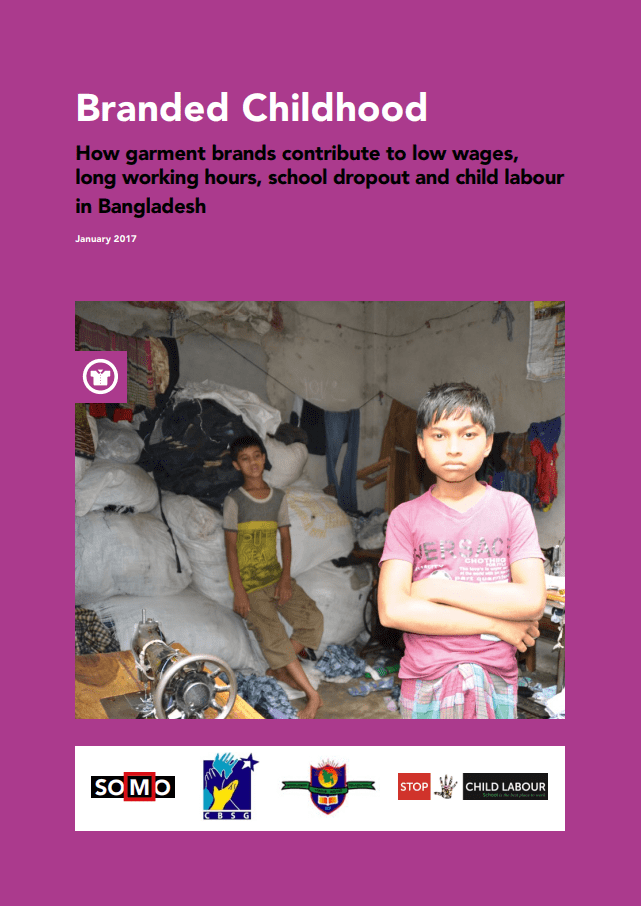
Publication Details
Date: January, 2017
Contact
Bangladesh Labour Foundation (BLF)
107 Bir Uttam C.R. Datta Road
Dhaka – 1205
Bangladesh

